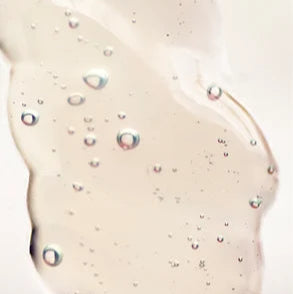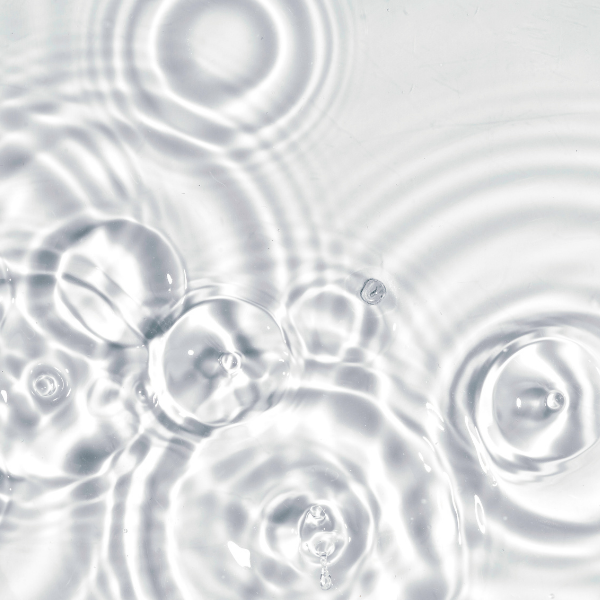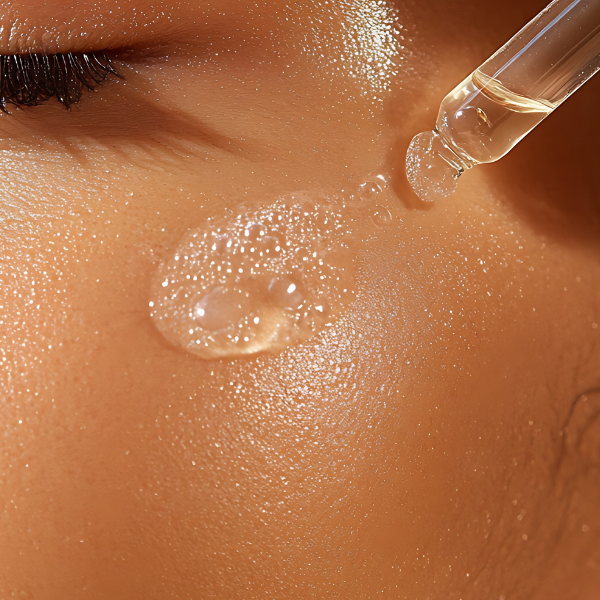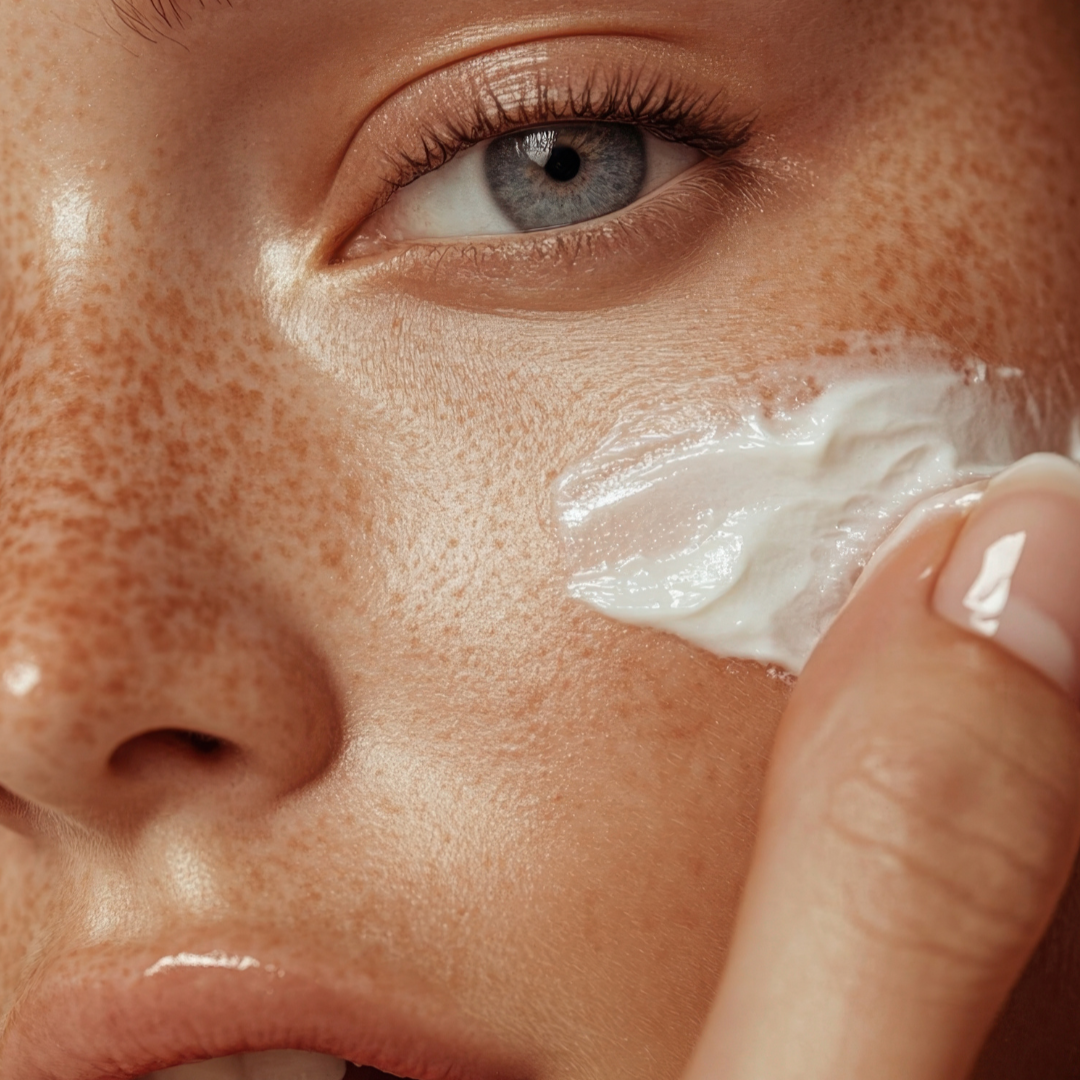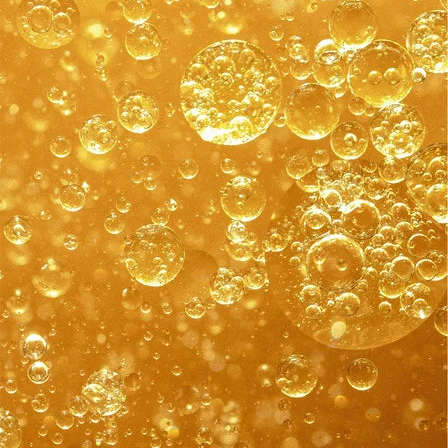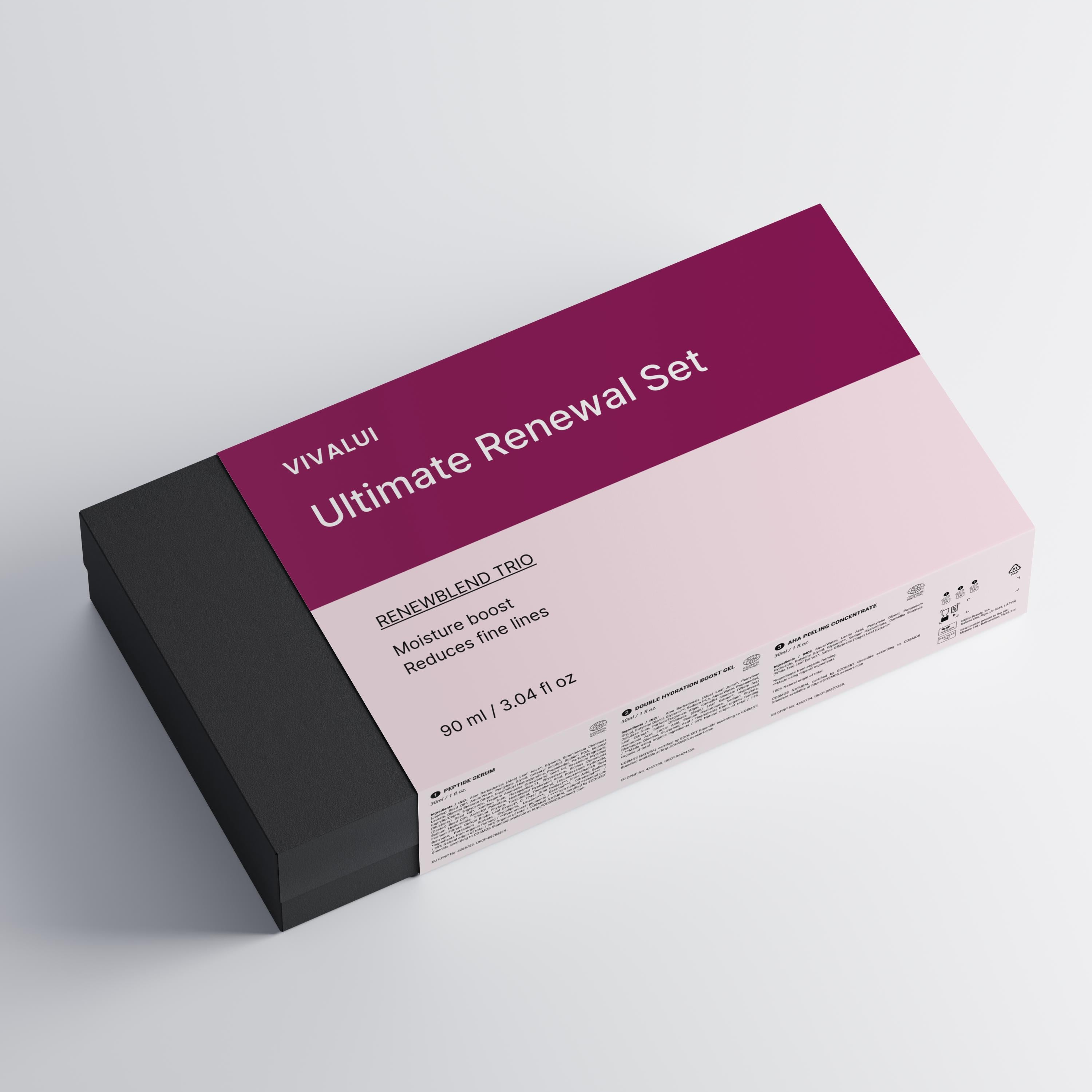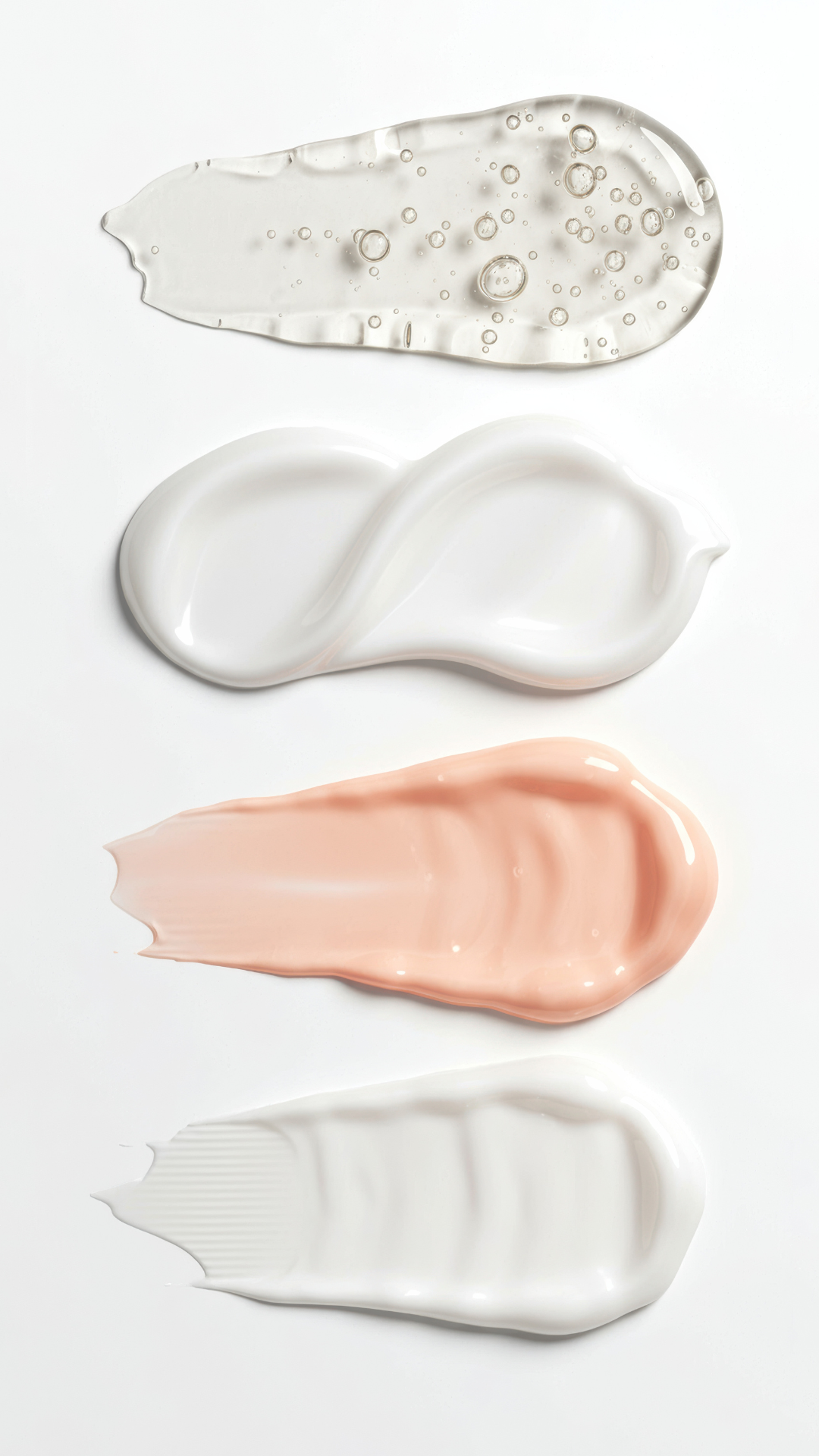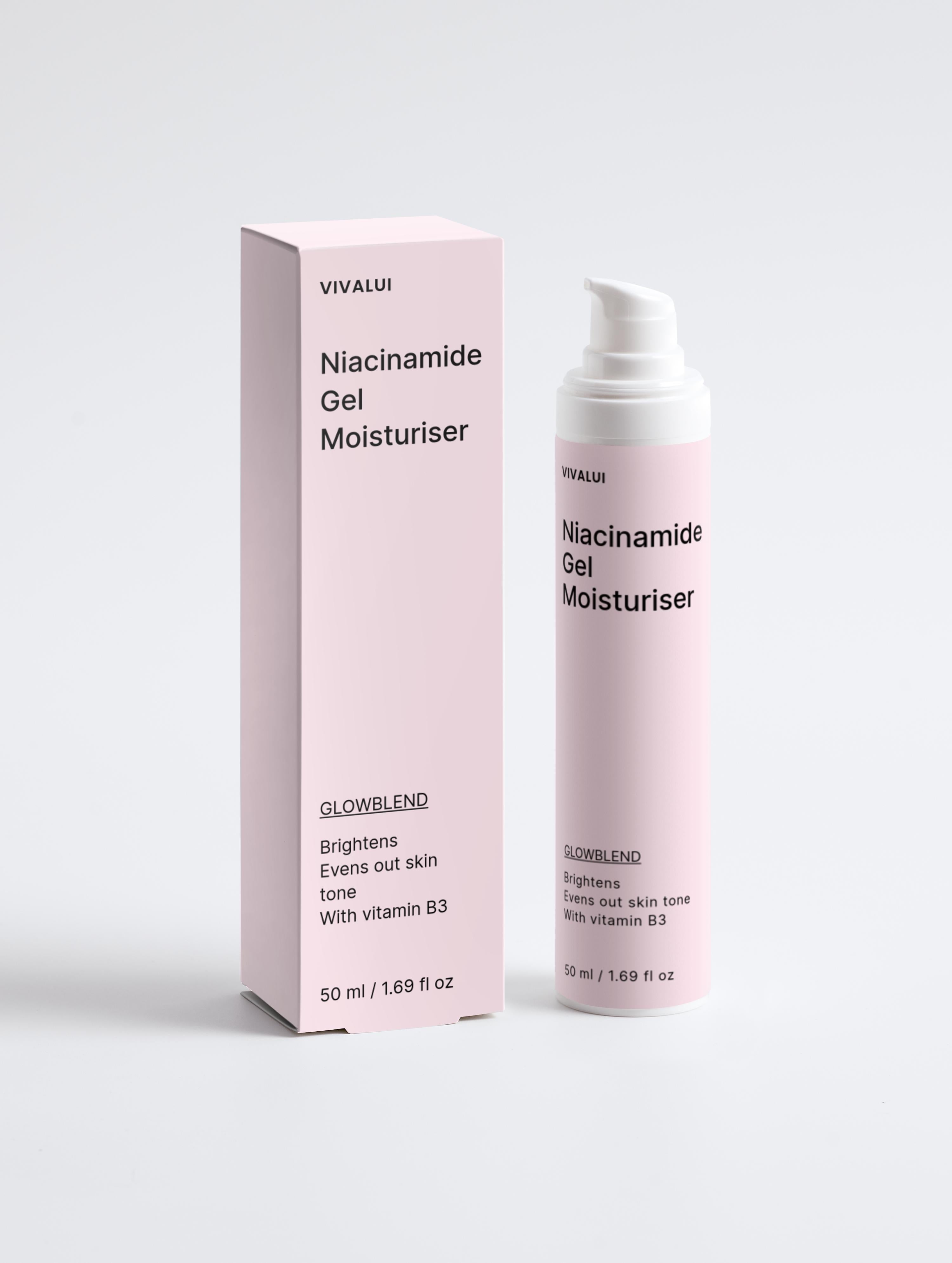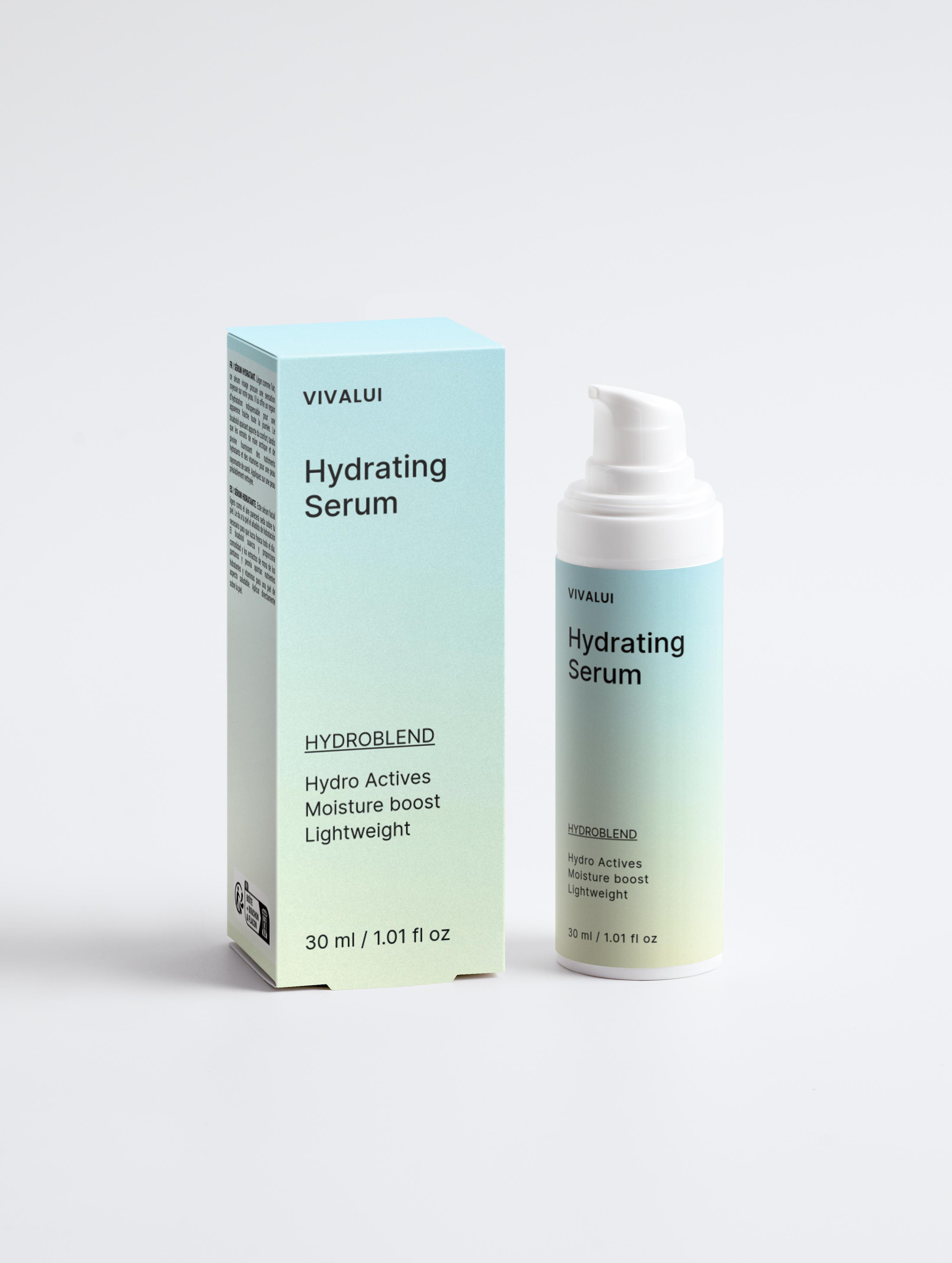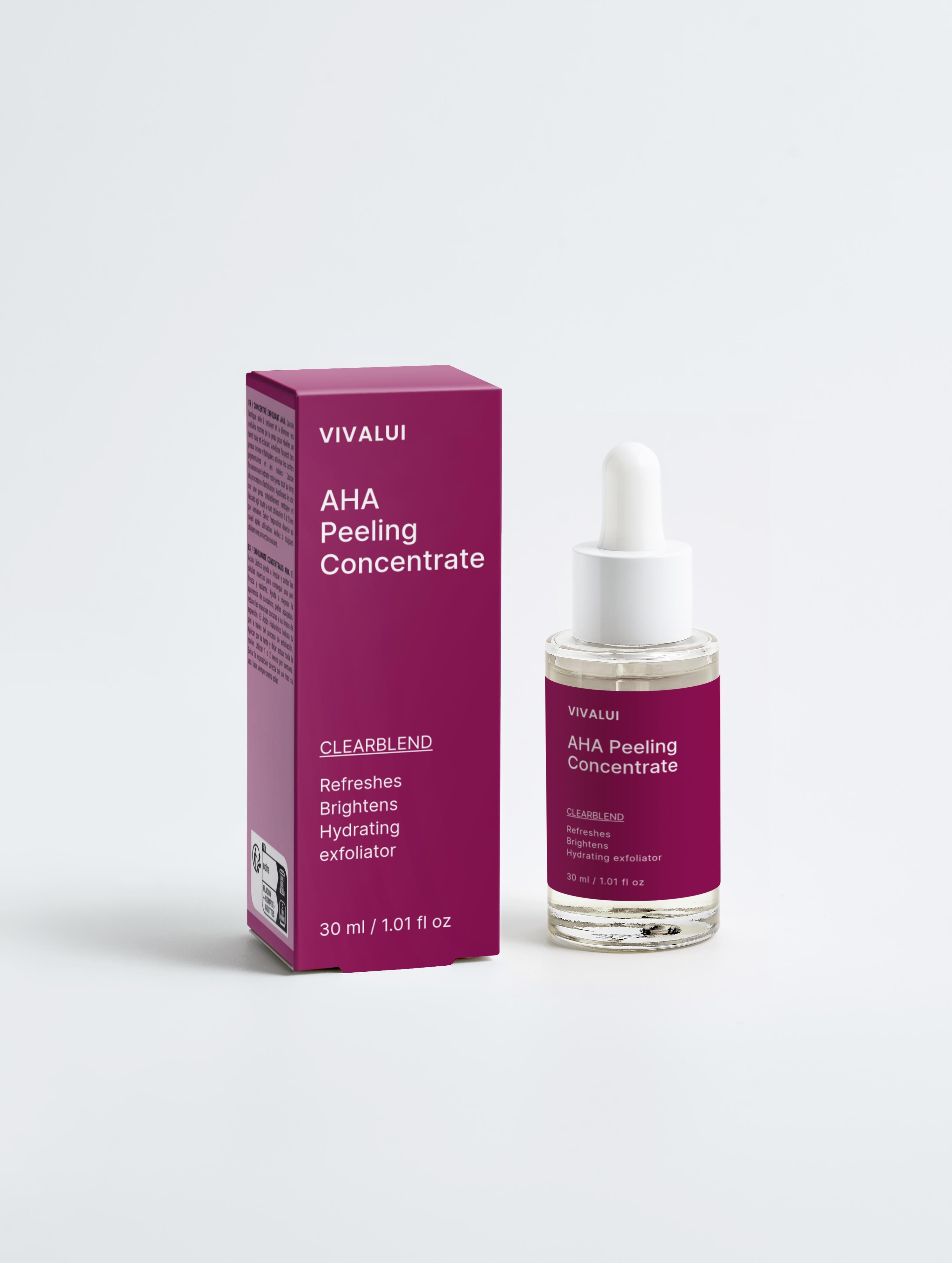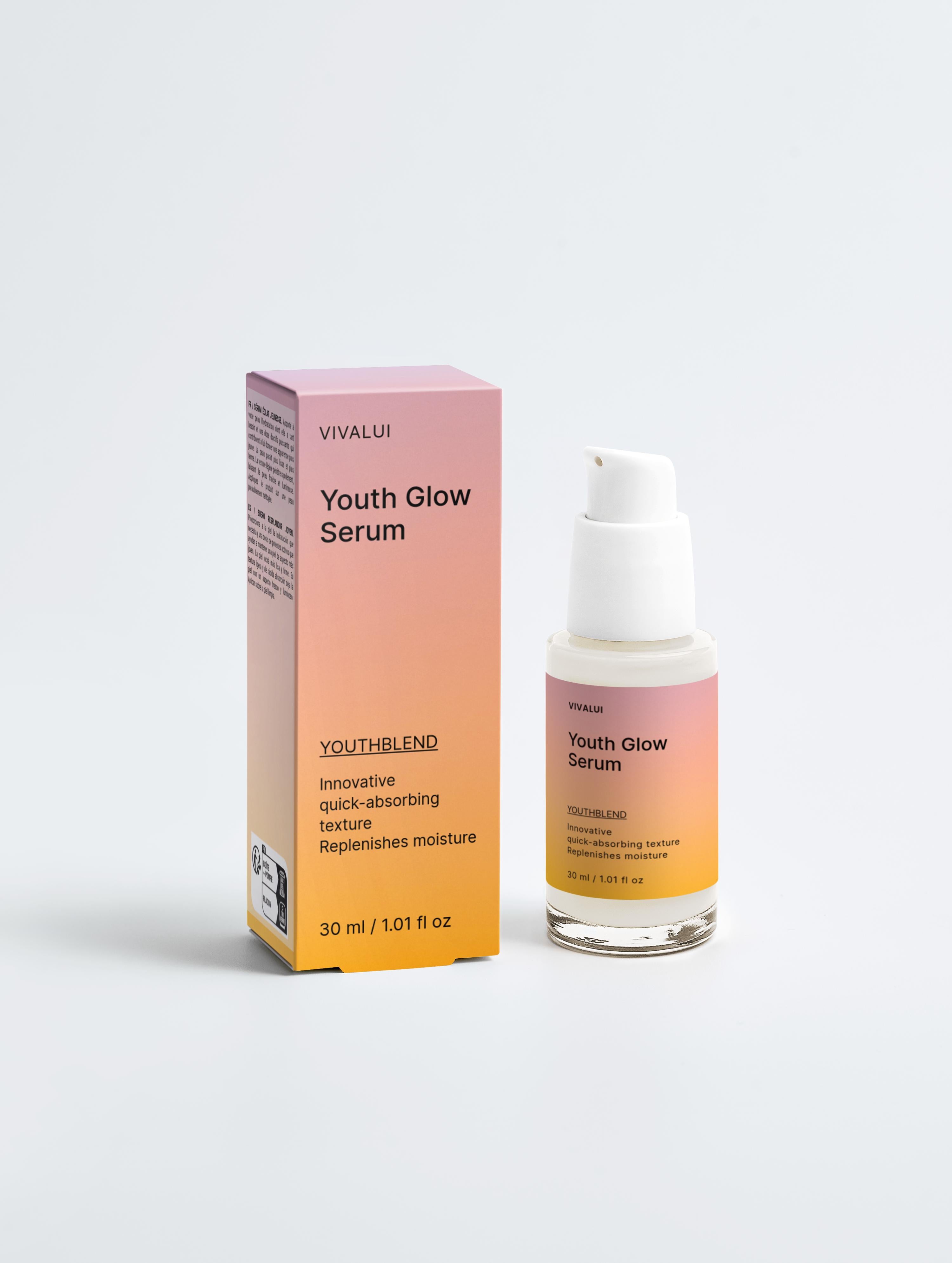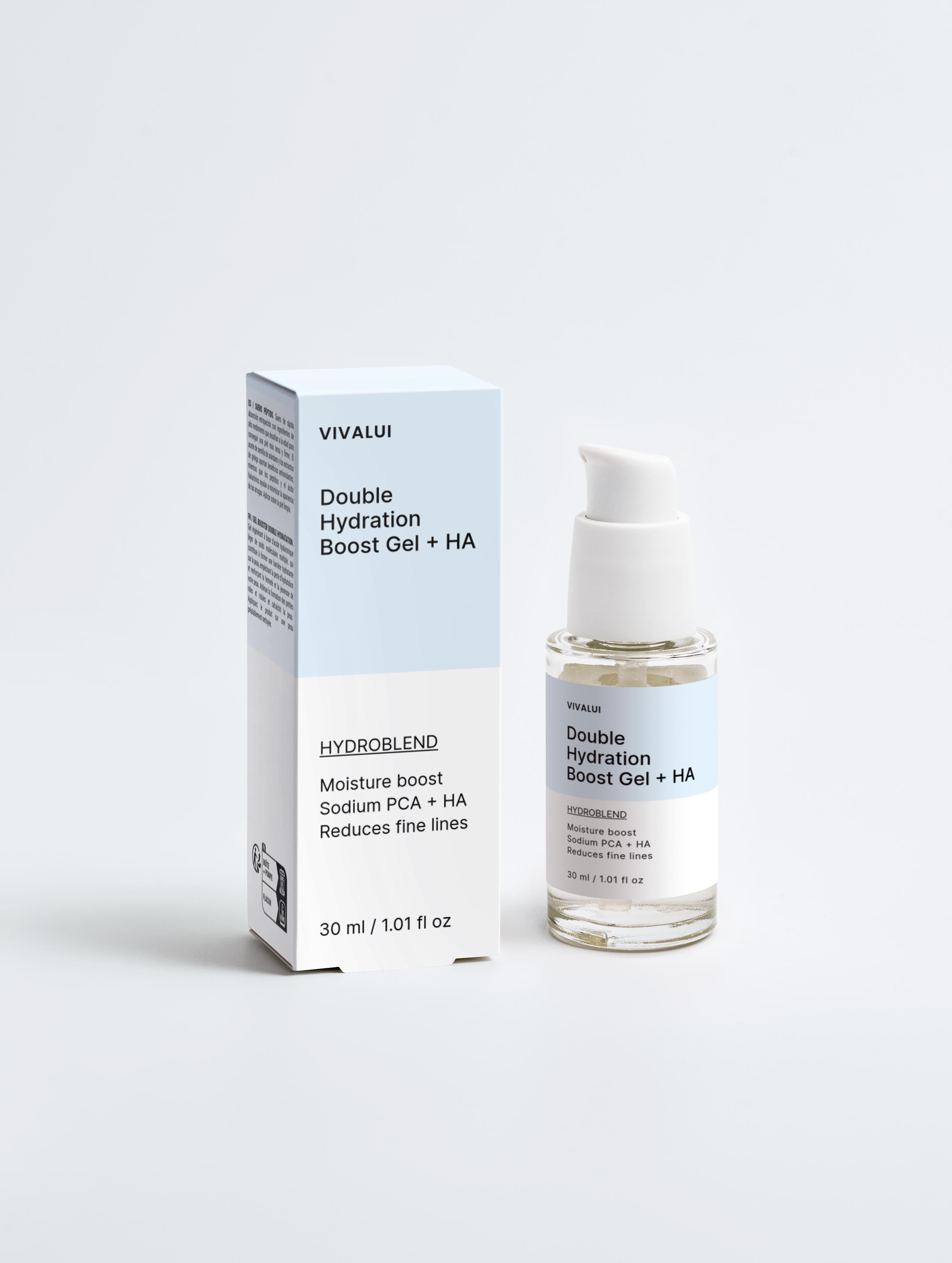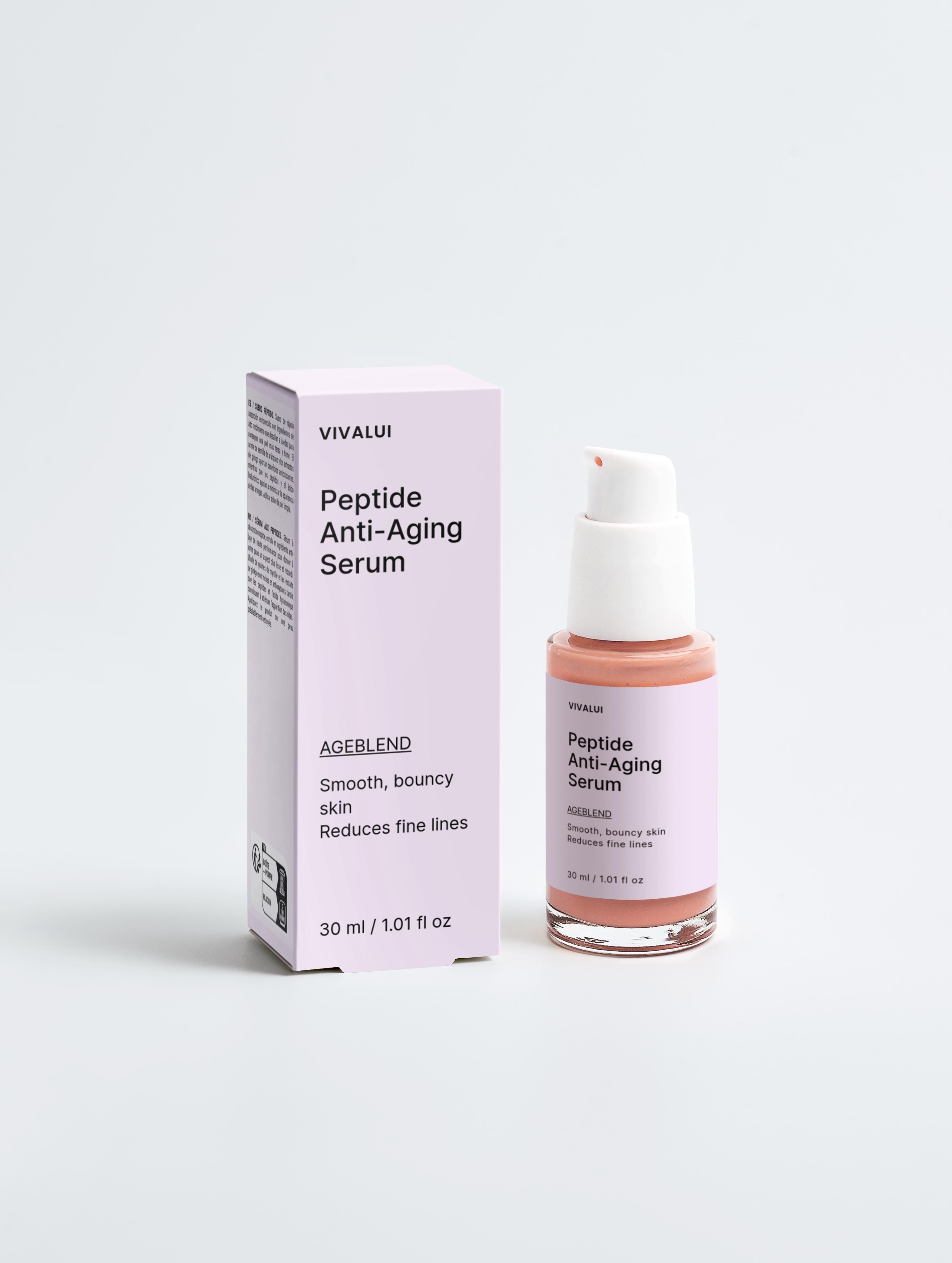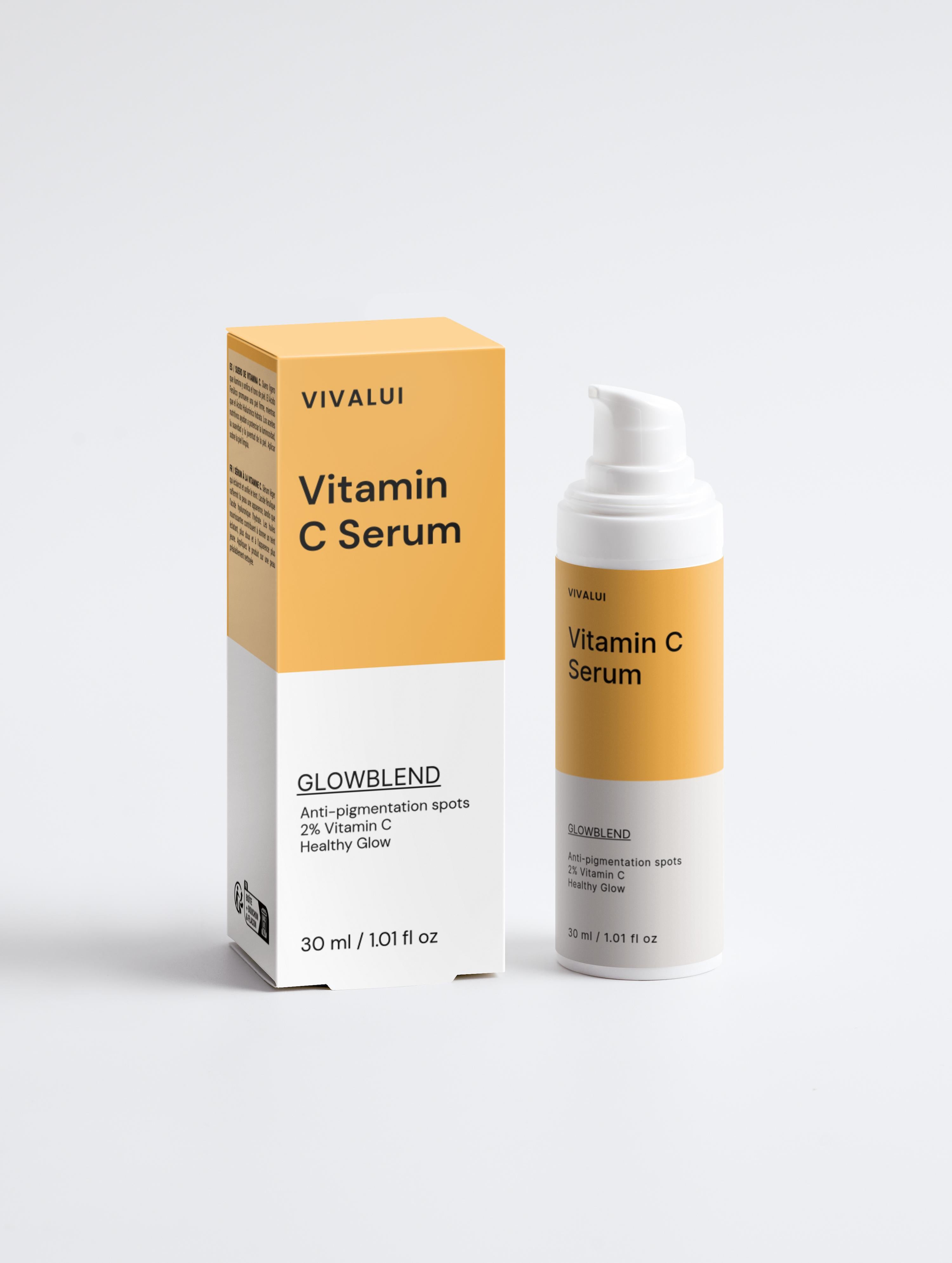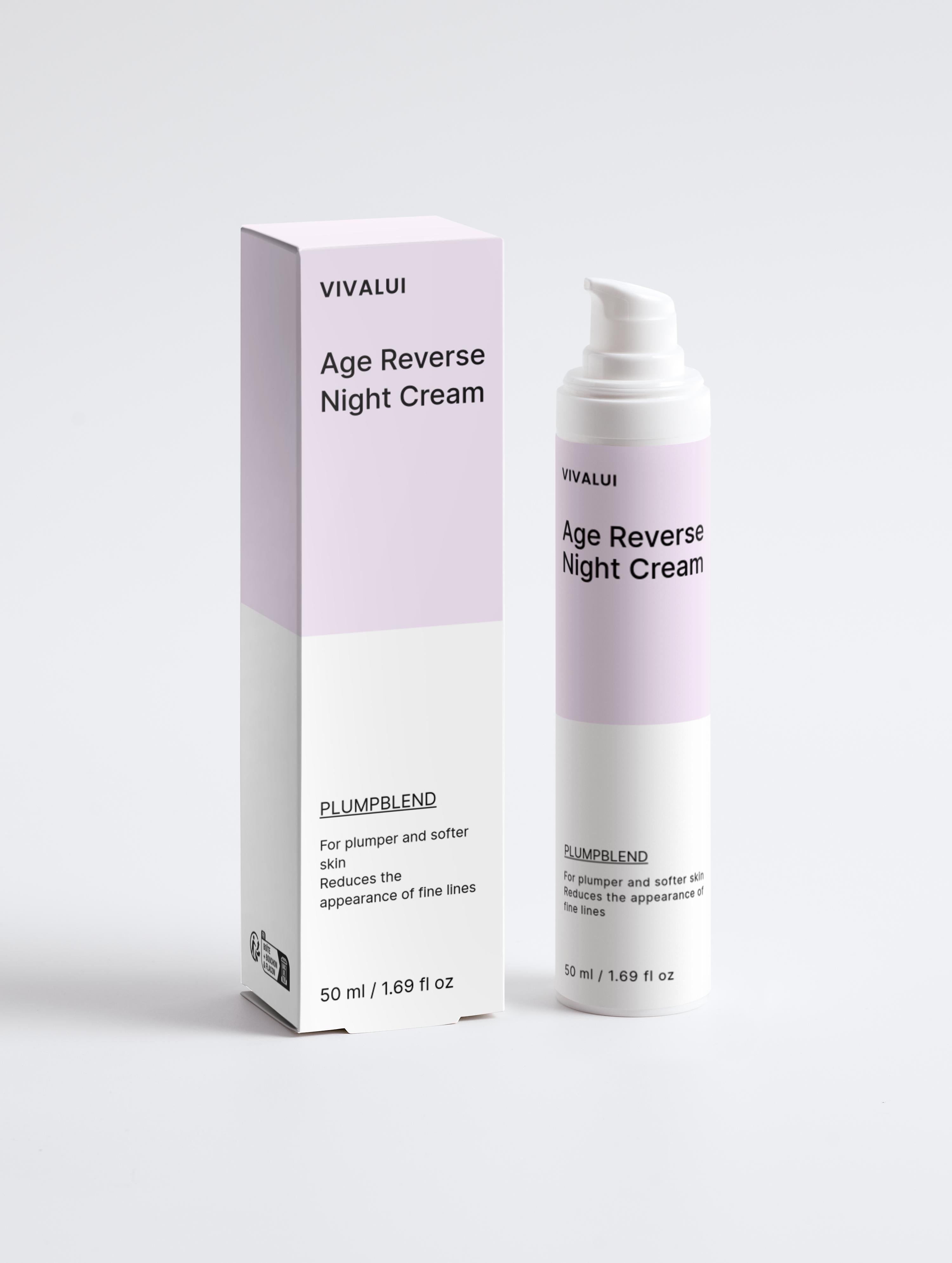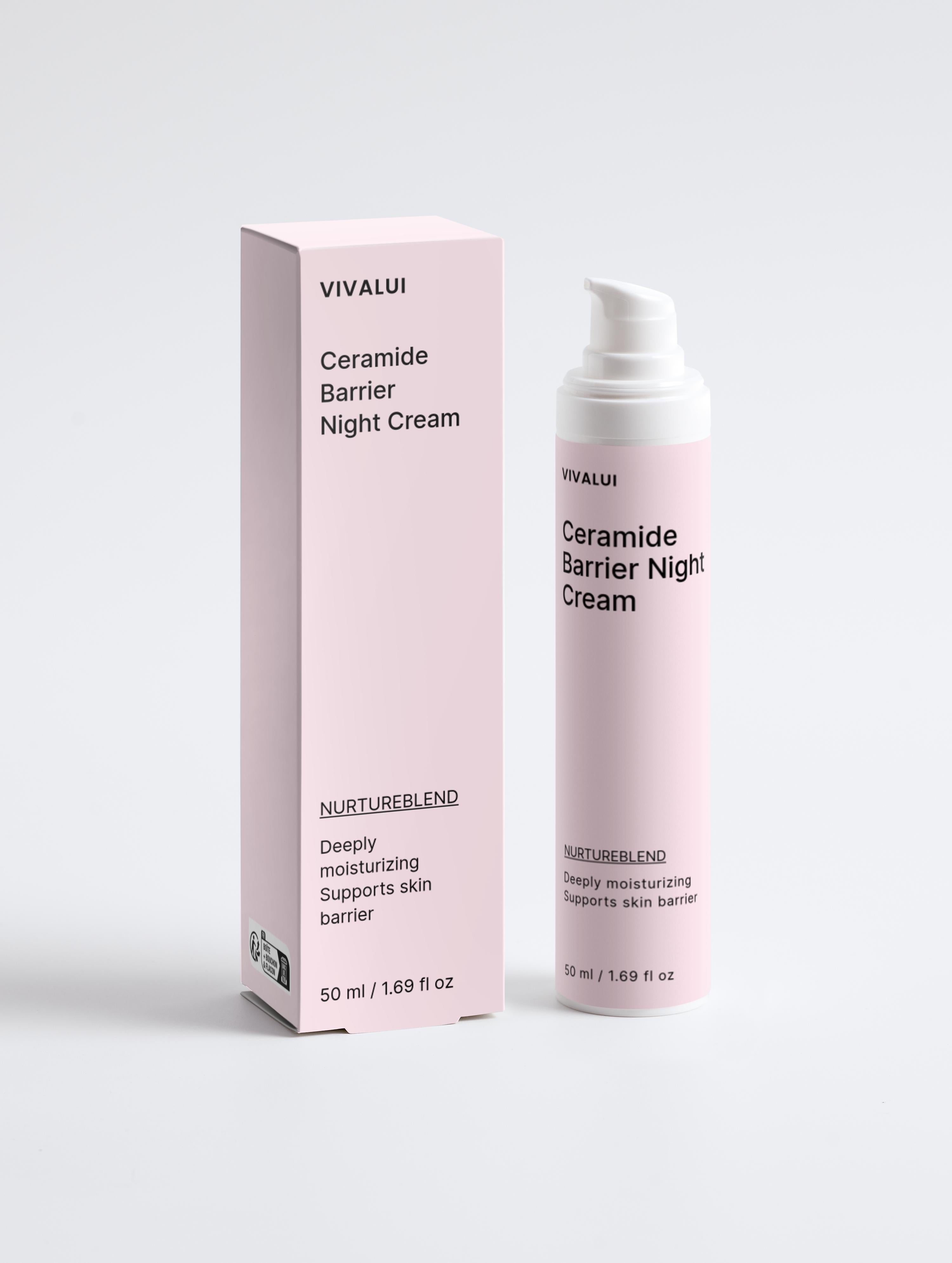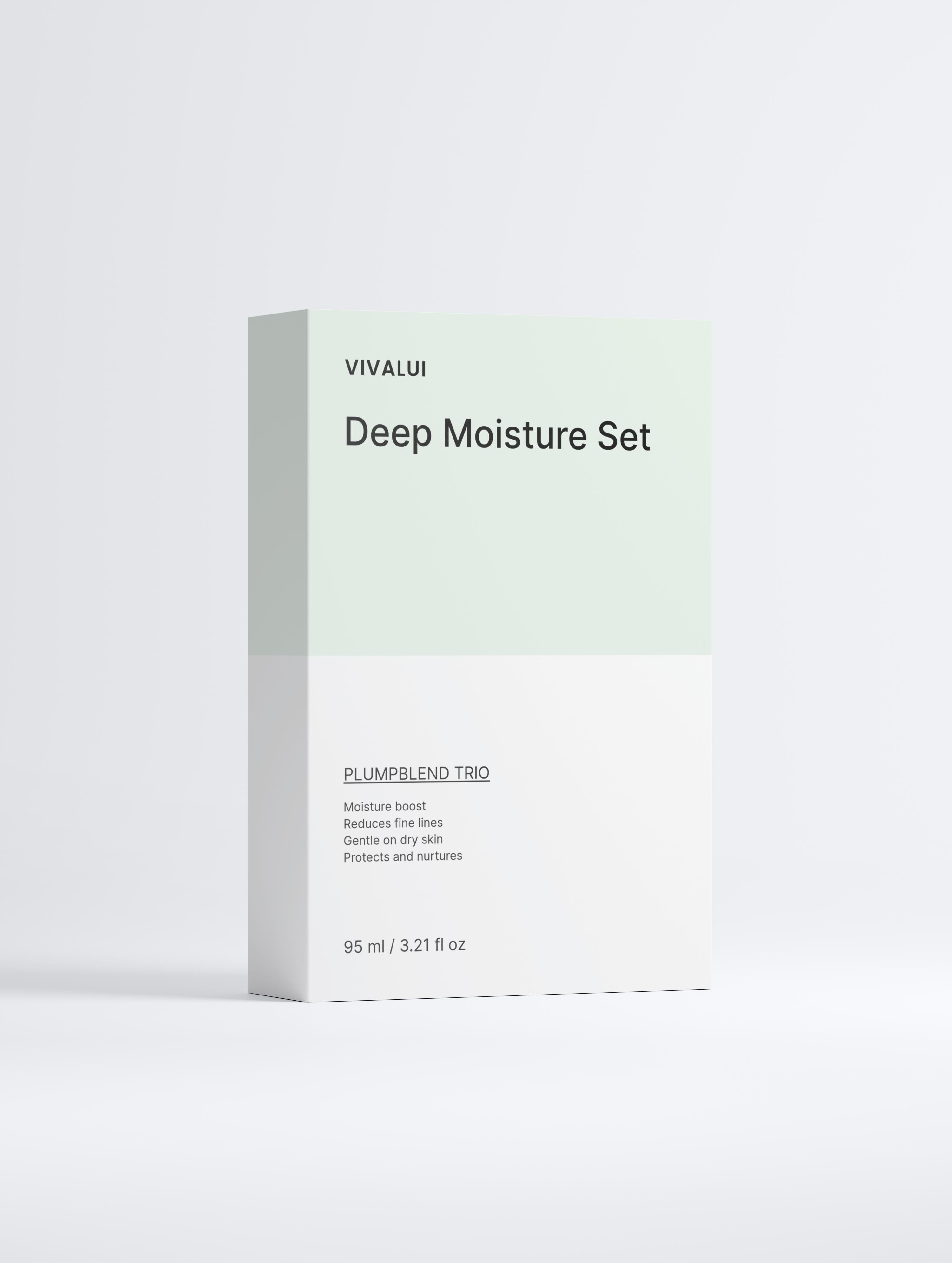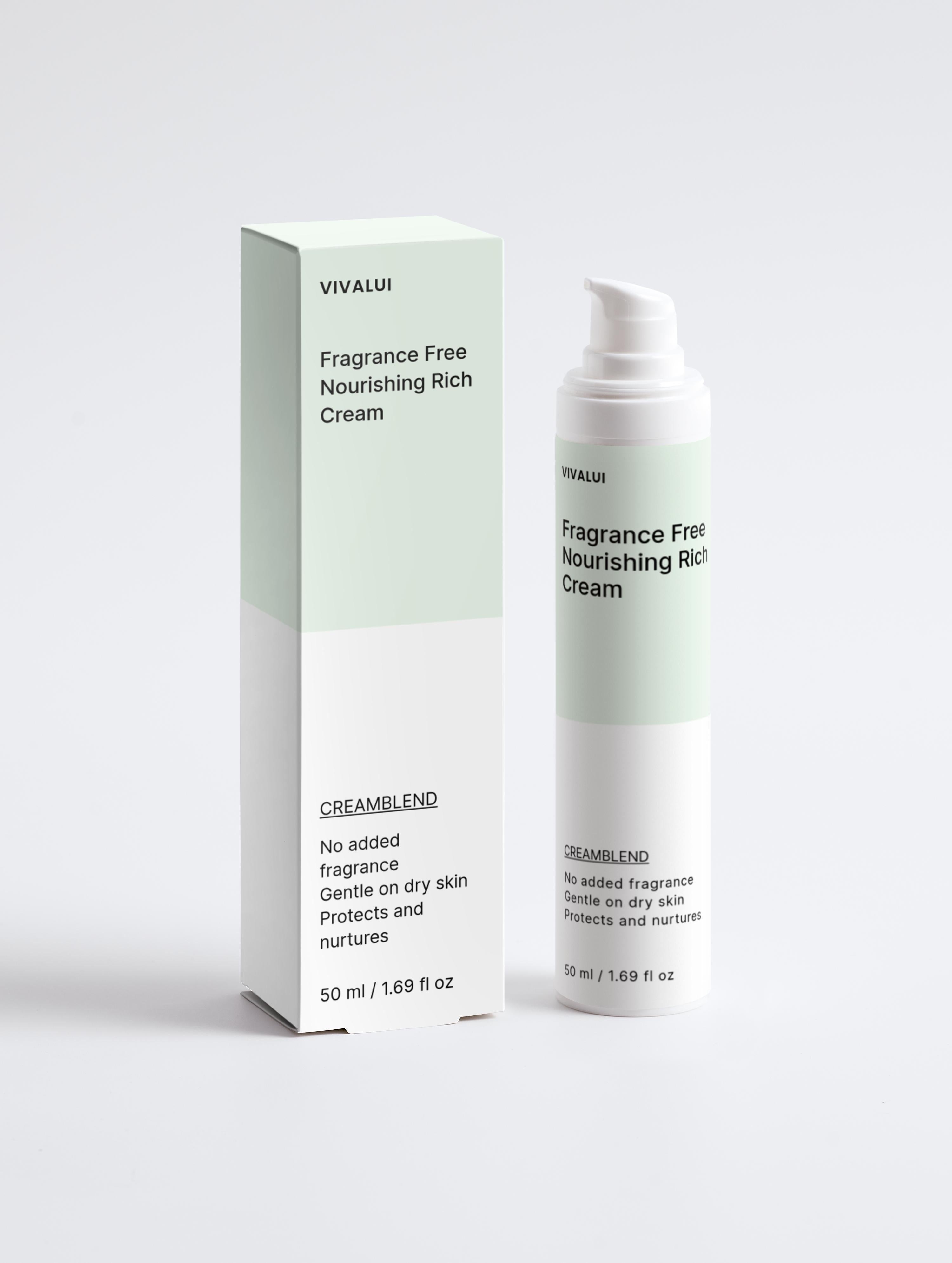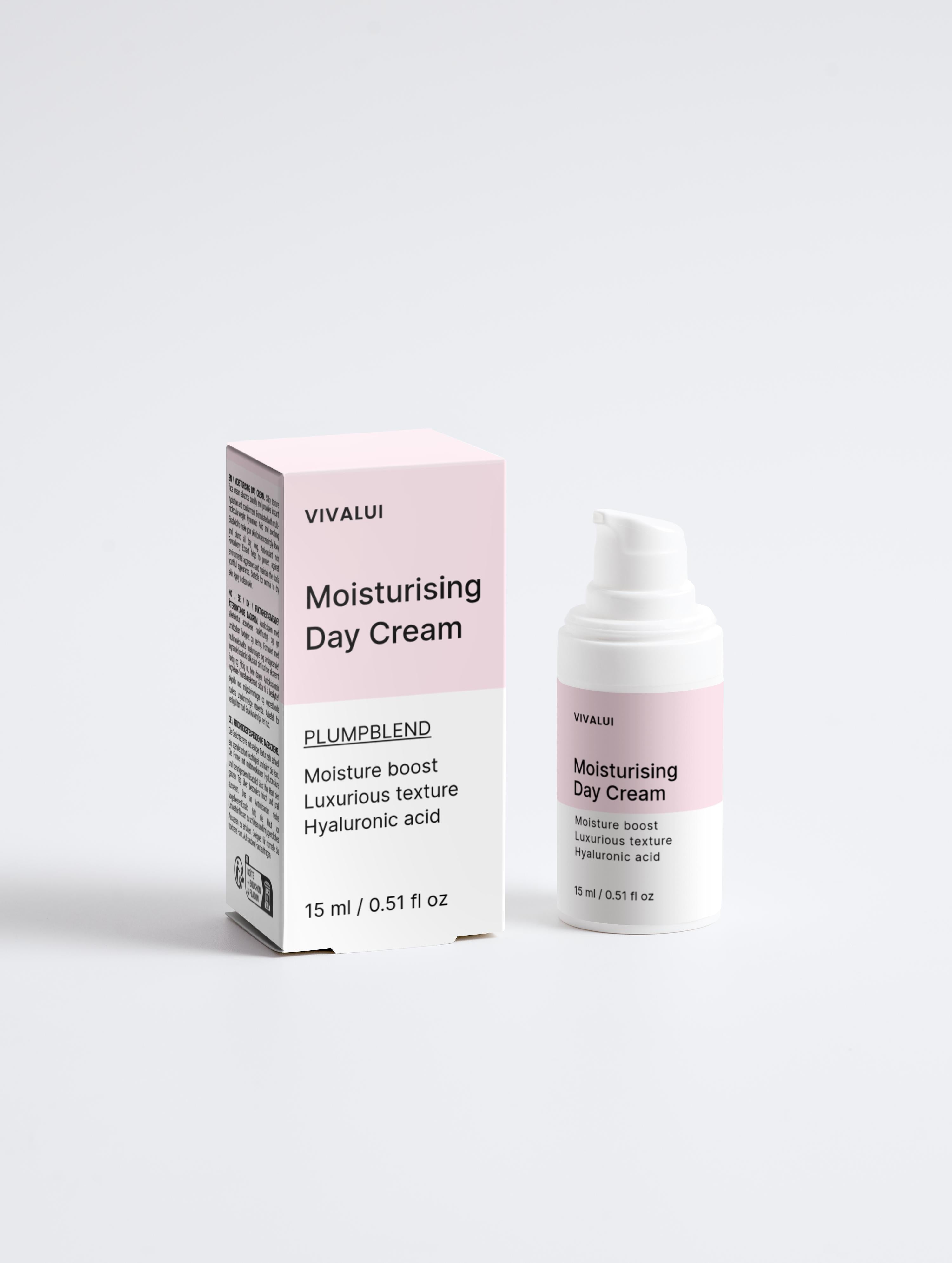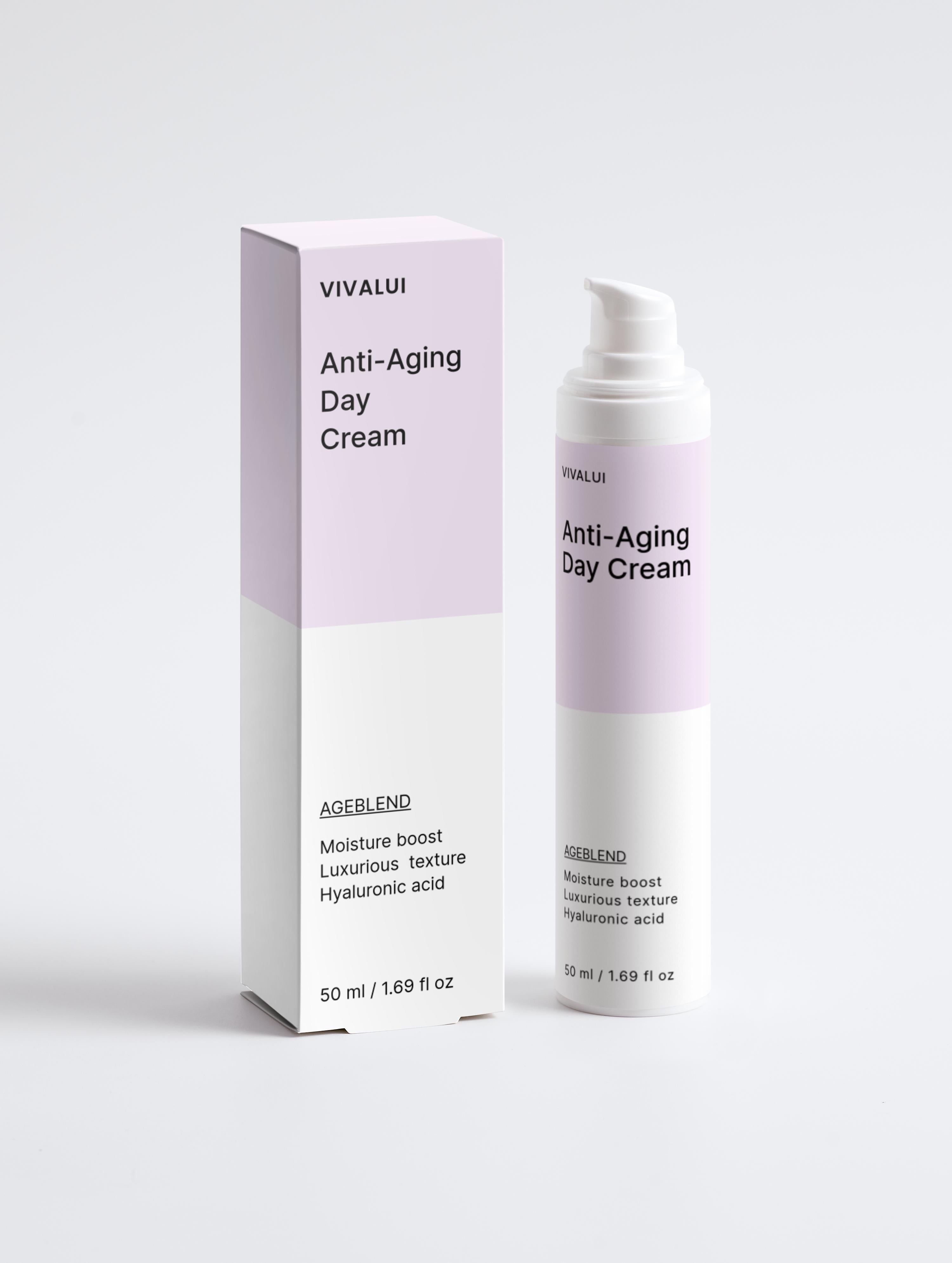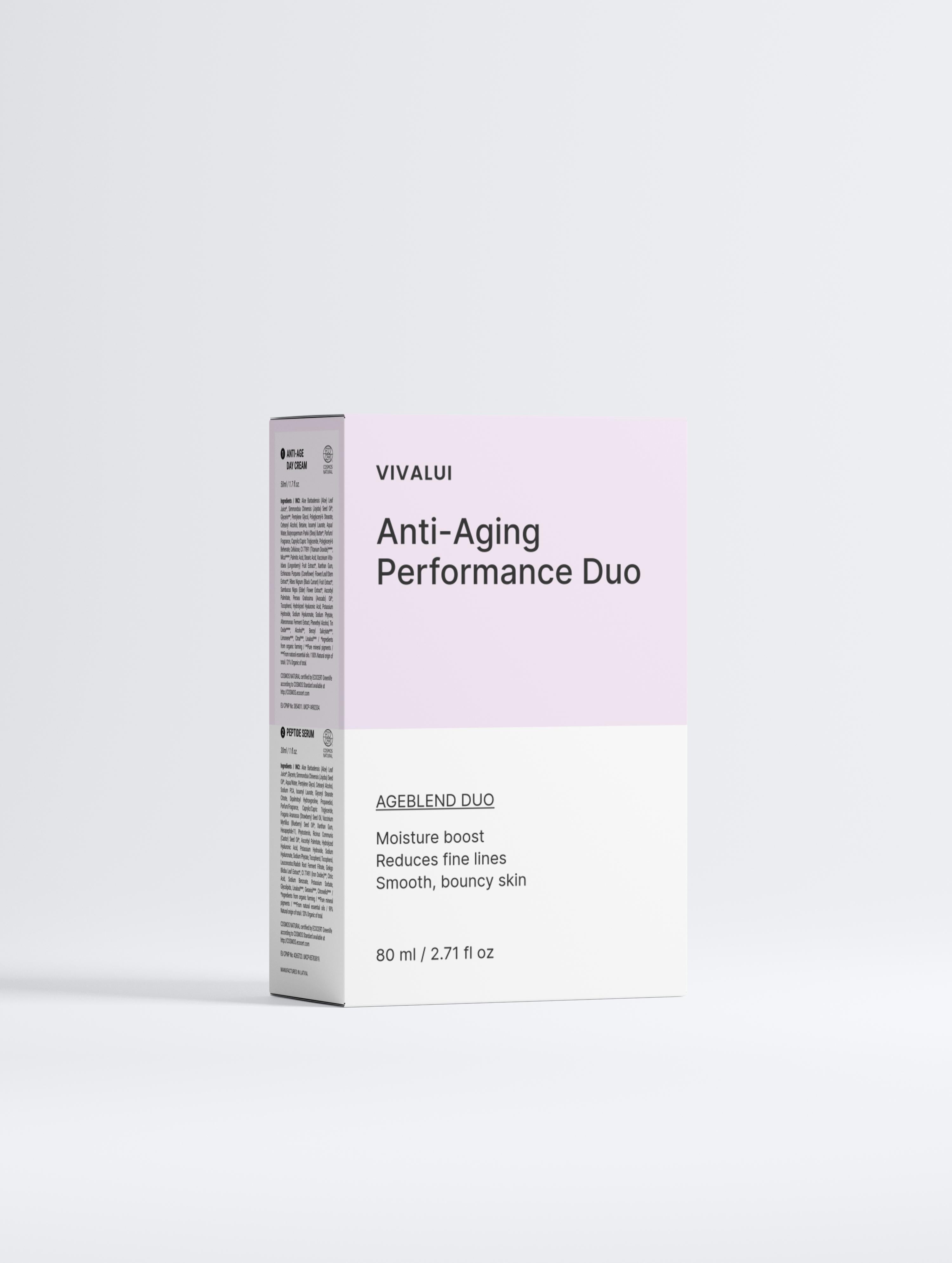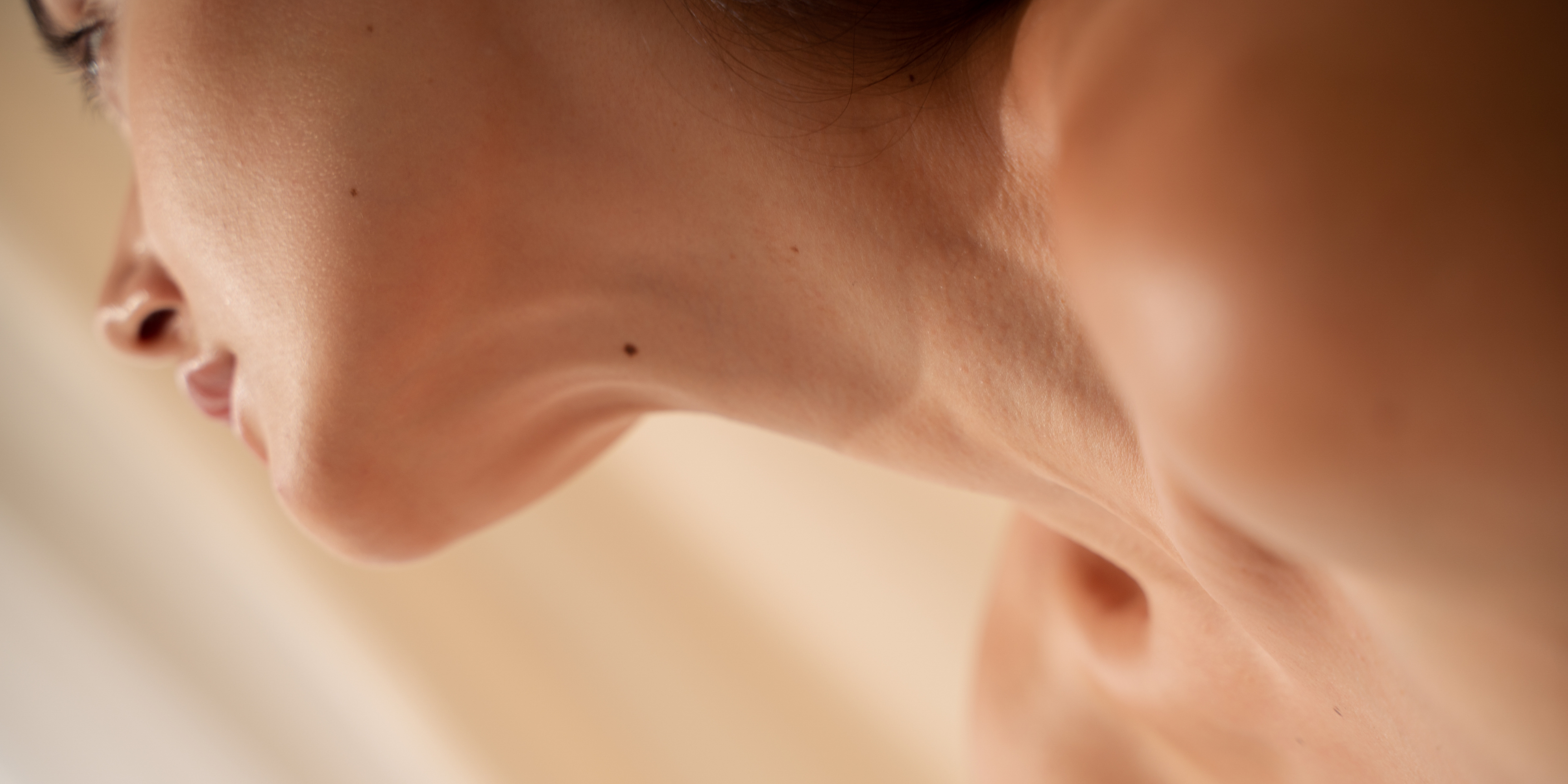When it comes to cleaning your face, cleansers have been the go-to products for ages. From gel cleansers to the more recent foam cleansers, various types of facial cleansers are available on the market. Cleansing is an essential part of the best skincare regimes. It helps to remove dirt, pollutants, dead cells, and makeup from the skin.
How Long Do You Leave Cleanser On Your Face?
This brings us to the question of how long should you leave the facial cleanser on your face? According to beauty and skin experts, cleansers should not be left on your face for too long. Let's explore in more detail.
Depending on the type of facial cleanser and the condition of your skin, you should leave facial cleansers on your face for about 30 seconds up to a minute. The entire process of cleaning your face, followed by toning and moisturizing, should not take more than 10 minutes.
Now you know how long you should leave cleanser on your face, let's take a look at how cleansers work.
How Does A Cleanser Work?
Any facial cleanser is a milder and a better substitute for soap and water. The cleansing agents in face cleansers gently remove impurities, cleaning the pores and letting your face breathe. The best time to clean your face with a facial cleanser is in the morning when you wake up and when you return from work or outdoor activities.
The morning cleansing helps the face get rid of the oil and sweat that accumulates over the night. Cleansing makes the skin feel fresh, clears pores and minimizes the chances of having acne. Follow that up with facial toner and hydrating moisturizer, and you are good to go.
When you come home from outside, cleansing your face is essential to get rid of grime. So you should always use a facial cleanser for the health of your skin. Massage your skin gently after applying the facial cleanser, preferably giving more time to the sides of the nose, chin and cheeks. If you have an oily T-zone, you could also focus on that area. Use a facial cleanser, a gentle scrubber to exfoliate, and a moisturizer to hydrate your skin- there you go. All set to have glowing skin.
Here are the steps to using a facial cleanser and how long should you leave it on your face.
- Clean your hands before you touch your face
Most face-care-related guides start with the face. However, the very first step of any skincare routine is to ensure that your hands are clean. Wash your hands well, especially if you are coming from outside. Never touch your face with hands that have not been washed clean.
- Wet your face with water, apply cleanser and start cleansing
Different facial cleansers come with different instruction guides. The best thing you can do is read the instructions and follow that accordingly. However, one thing to note is that, no matter how clean you want your face to be, do not leave the facial cleanser on your face for more than a minute. Only if you have any skin problems and a licensed dermatologist instructs you otherwise, leaving facial cleanser on the face for too long could make your skin feel irritated and dry. Here's the usual process to use a facial cleanser. Wet your face with lukewarm water and then take the required amount of cleanser on your palm and apply it to your face. Massage gently with your fingertips in circular motions and then wash your face with lukewarm water. It is important to wash your face properly so that the cleanser is not left on any part of your face.
- Follow up your regular skincare routine
If your regular skincare routine is only cleansing, then after washing your face, you are good to go. However, cleansing with lukewarm water opens up skin pores and this process is best followed up by toning and moisturizing. Always go for toners and moisturizers that are suited for your skin. Same with cleanser. With so many types of cleansers grabbing the spotlight, let's take a look at which cleanser works the best for which type of skin.
Let's look at the types of cleansers and how long you should leave them on your face according to your skin type.
Cleansers For Oily Skin
If you have oily skin, particularly oily and acne-prone skin, you can choose lightweight gel-based cleansers and foam cleansers. Both these types of cleansers effectively cleanse away excess oil from your face and unclogs pores. A light massage for 30 seconds is good enough to remove sebum and keep acne at bay.
Clay-based face cleansers can also be a good option for oily skin. Clay absorbs the dirt and oil from the face. Clay deeply cleanses the skin but unlike gel or foam cleansers, it needs a little more time. You can apply the clay cleanser on your face like a mask and leave it on for ten minutes before rinsing it with lukewarm water.
While choosing a face cleanser for oily skin, try to look for a gentle, lightweight cleanser. Go for a non-comedogenic one that helps to unclog your pores. Never choose a cleanser based on how good they smell. Great cleansers should always be fragrance-free as well as sulfate-free.
Cleansers For Dry Skin
Cream cleansers are the best for dry skin. This type of cleanser removes dirt and makeup without drying the skin too much. The moisturizing ingredients in the cream cleansers help the skin retain its natural oil while hydrating it at the same time.
Oil-based cleansers may sound like they are made only for dry skin. However, Korean beauty experts recommend everyone use oil-based cleansers to loosen up dirt and makeup before using another form of cleansers that suits their skin type.
What if you leave the facial cleanser on your face for too long?
Leaving facial cleansers on the face strips the skin of natural oils, leaving it dry. If your skin already feels sensitive, then use a cleanser on your face for more than 60 seconds. One full minute, gentle circular motion and then wash it off with lukewarm water- that's all that you need to keep your face clean.
How long should you leave salicylic acid on your face?
Many cleansers contain salicylic acid and while it is fine to use every day it can cause irritation to some skin types. If you find this is the case you can wash it off sooner or use it less often.
We hope this article has helped you refine your beauty routine.

